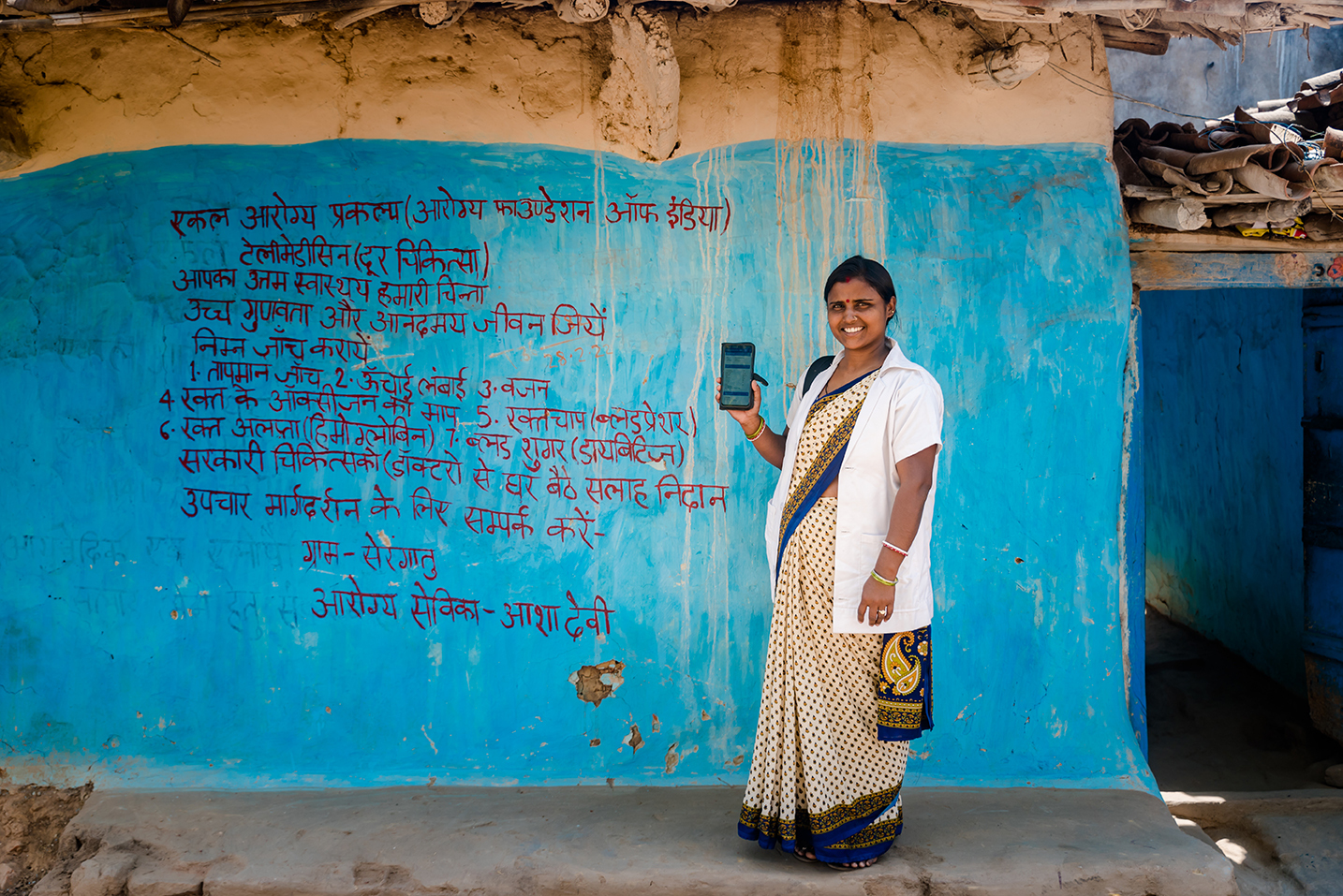
“First, do no harm”. Patient safety and quality is a cornerstone of healthcare service delivery, yet every 5 minutes patients die because of unsafe care. It is important to safeguard the quality and safety of care delivery in all healthcare environments. To err is human, and it is but natural to assume that to “telemedically” err is human too. On the occasion of the first ever World Patient Safety Day we present a quality index for provider-to-provider telemedicine programs.
Telemedicine can connect patients directly with remote doctors (patient to provider telemedicine) or can connect frontline health providers with doctors or specialists (provider to provider telemedicine) when distance and/or time separate the two. It has demonstrated an improvement in access to healthcare at lower costs. The WHO Digital Health Guidelines recommend the use of provider to provider telemedicine as an evidence-based intervention for health systems strengthening in low and middle income countries.
However despite the rapid growt
How we developed this toolkith of telemedicine, there is not much data on patient safety and the quality of care delivered in this setting. Many studies have raised questions about the comparison of quality of telemedicine as compared to in-person visits. Quality assessment and continuous improvement are important in an in-person clinical setting, and have resulted in major gains in patient safety, improvement in patient satisfaction and health outcomes. There are several quality measures that have been developed for in-person clinical settings, but not many in a telemedicine context.
Intelehealth is a digital health and telemedicine platform supporting frontline health workers. We believe in the cause that ‘everyone should be able to access the health services they need, when and where they need them, without facing any financial hardship’. By developing an app & open source telemedicine software, we ensure that the frontline health workers are able to significantly reduce the time, distance, money, and effort spent by patients to access health care. To evaluate the quality of healthcare offered and to understand it’s sustainability, we have come up with an extensive Clinical Quality Metrics for monitoring and evaluating the quality of healthcare at our projects. A major goal in developing this Clinical Quality Index for Telemedicine was to achieve quality improvement, improve health outcomes and reduce preventable harm for people utilizing the telemedicine service, keeping in mind their safety and wellbeing.
These metrics help a telemedicine program to:
-
Provide an objective standard for measuring the program quality and achieve continuous quality improvement
-
Measure and record the efficacy and effectiveness of the system or process
-
Establish & monitor best practices for patient safety to reduce preventable harm


